In 1979, my mother and I got stuck in India due to visa issues. We were there for a total of 10 months – many more months than my father had planned. Most of my days were spent shooting marbles, playing cricket, flying kites, lighting firecrackers, and embarking on any other mischief a young boy could get into at the age of eight. One day, my grandfather gave me a large old copper coin. I was mesmerized by its look, and he told me it was old. It wasn’t until 2008 that I had purchased my first coins of India from eBay. About a year later, I started buying proof sets of India and concentrated on the 1970s.
After World War II, the Food and Agriculture Organization (FAO) was founded on October 16, 1945, by the United Nations to combat hunger and improve food nutrition worldwide. The FAO logo, which displays a wheat stalk within a circle, also shows the words fiat panis within the logo, which, from Latin, translates into “let there be bread.” The FAO theme had been used for multiple years within the proof sets of India during the 1970s.
One of the most interesting designs in the proof series is the 1974 50 Rupees depicting two wheat stalks flanking a family of four holding hands. During Indira Gandhi’s tenure in Congress in the 1960s, she teamed up with Lal Bahadur Shastri to spark the Green Revolution, which increased the technological development of wheat that virtually eliminated fungal diseases within farmers' crops. This led India to become the number-two wheat producer globally in 2023.
Decimal coinage was first introduced in India in 1957, but it wasn’t until 1962 that the first one rupee coin was struck, and it was composed of 100% nickel. The second one rupee coin produced for circulation was the 1964 Jawaharlal Nehru coin to commemorate India’s first prime minister shortly after his death. Years passed before a newly dated one rupee coin was struck for circulation in 1970, and this piece is somewhat difficult to find. The scarcity of the coin may have been due to a global nickel shortage. In an article titled “The Big Nickel Shortage” dated November 21, 1969, Time magazine wrote, “On the London Metal Exchange, the main international market, a pound of nickel last week brought $7.70 — about five times more than a year ago. The price was bid to incredible levels by the worst global shortage since World War II.”
Purchasing a 1970 one rupee coin graded PCGS MS65 will probably cost a collector about $200, and its proof counterpart has a mintage of only 2,900 pieces. PCGS Set Registry has listed the 1970-B Republic of India Proof Set for our members to build, which consists of nine denominations struck at the Bombay Mint. In 1971, the Indian government elected not to strike a one rupee coin for circulation, and this decision was more than likely due to the rising nickel prices during 1970. The year 1972 was when the Reserve Bank of India (RBI) chose to use copper-nickel for the 25 and 50 paise denominations. Prior to 1972, these denominations were struck in 100% nickel.
Any collector of Republic of India coins who is seeking a one rupee coin from 1971, 1972, 1973, and 1974 can only acquire them in proof. Struck in 100% nickel, the total mintage for the one rupee coin for all these years is a little under 32,000. Most proof one rupee coins from 1970 to 1974 do not exhibit the best striking quality in terms of detail, and they won’t be as crisp as one may expect from a proof issue. This is partially due to nickel being a very hard material to strike, and the quality of the dies seemed to be subpar from 1970 through 1974. Proof sets from the years noted above can be purchased for anywhere from $125 to $275, which seems to be somewhat inexpensive given the low mintages, and prices seem to have been range-bound for the past 10 years or so.
The cost of nickel had substantially declined from the record prices that were set in 1970, and the price of the metal was no longer an issue for the government of India. The RBI decided to resume production of the one rupee coin in 1975, which was struck in copper-nickel and had a total mintage of 98 million. In 1975, the United Nations zeroed in on the mission of “Equality of Women and Their Contribution to Development and Peace.” The 10 and 50 rupee coins within the 1975 India proof set display a modern elegant design of a woman's face and a wheat stalk to the right. Only 2,370 complete proof sets were issued, and the set is listed on the PCGS Set Registry as 1975-B Republic of India Proof Set for collectors to potentially build.
Proof sets from 1975 through 1979 were struck with higher-quality production of superlative quality, and most coins will appear to possess deep cameo contrast. From 1976 through 1978, FAO was the chosen theme for some of the coins in these proof sets, and these sets had fairly low mintages. For example, the 1978 set had a mintage of a mere 1,390 sets and sells for about $600. The United Nations Educational, Scientific, and Cultural Organization, or UNESCO, proclaimed 1979 to be the International Year of the Child. This movement was brought forth to combat malnutrition and increase the accessibility of education for children around the world. The last proof set of the 1970s adorned the theme “Happy Child-Nation’s Pride,” and the details of these coins are crisply cameoed. The sets from 1975 through 1979 range in price from $250 to $600.
India has grown to become the fifth-largest economy worldwide in terms of gross domestic product or GDP and, within 10 years, is likely to rank third in the world. For a country with a population of 1.2 billion, it would potentially seem logical that more citizens of India may honor their past heritage in the form of collecting coins. PCGS has listed over 30 Republic of India proof sets from India for members to build. Roughly 42,000 complete proof sets were struck from 1970 through 1979, and that may not be enough sets to satiate collector demand going forward.
If a collector wanted to potentially add a one rupee coin from 1971 through 1974 to their collection, the coin could only possibly be sourced from a proof set or a set that has been broken up. I had sold all of my proof sets from India years ago, and maybe the present isn’t a bad time to start collecting them again. Perhaps I’ll give my niece and nephew a proof set from India to introduce them to the hobby. The following thought crosses my mind, “How long can these proof sets remain at the same prices they were over 10 years ago?” That’s a thought for collectors to ponder, too.
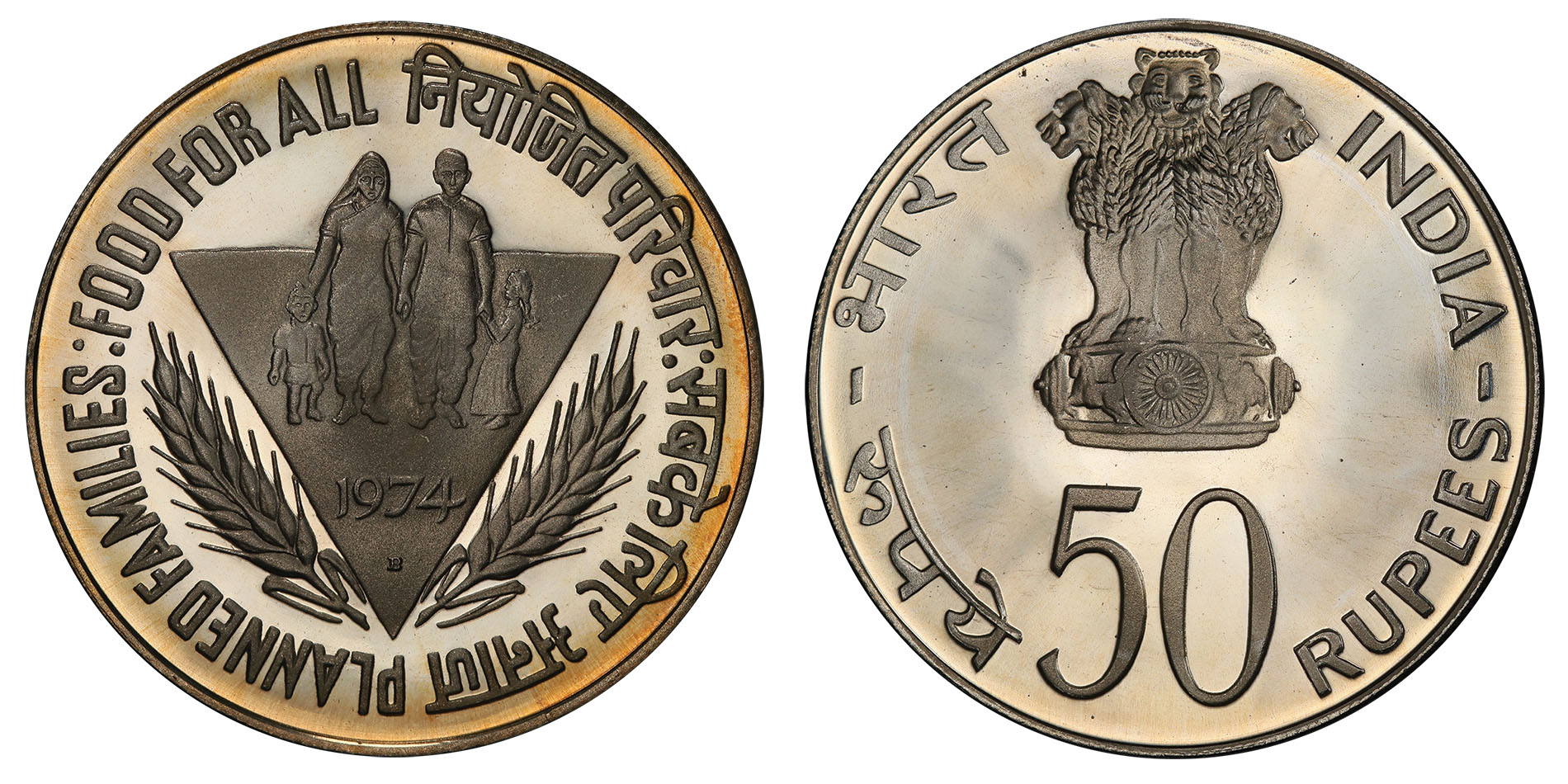

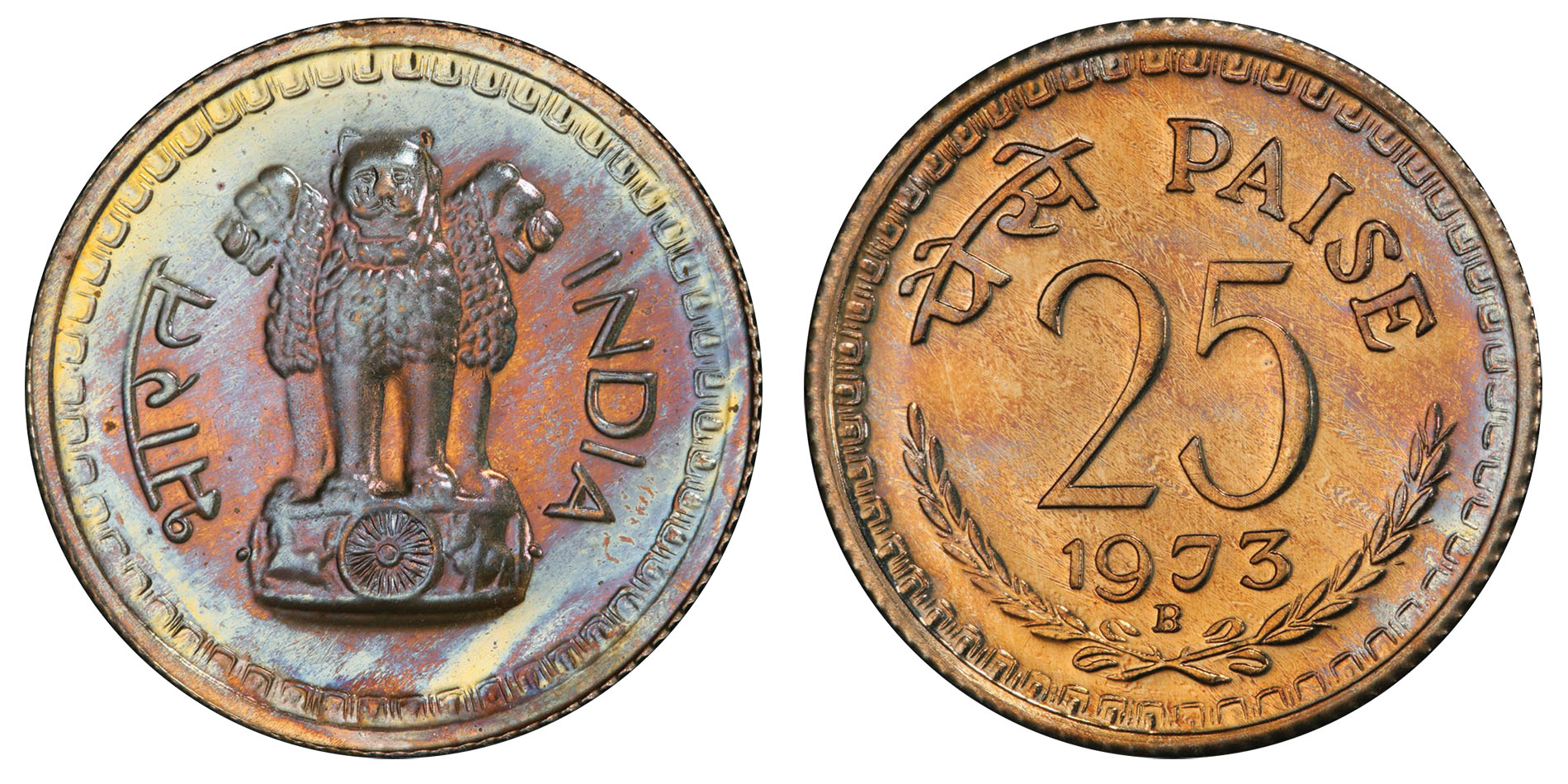
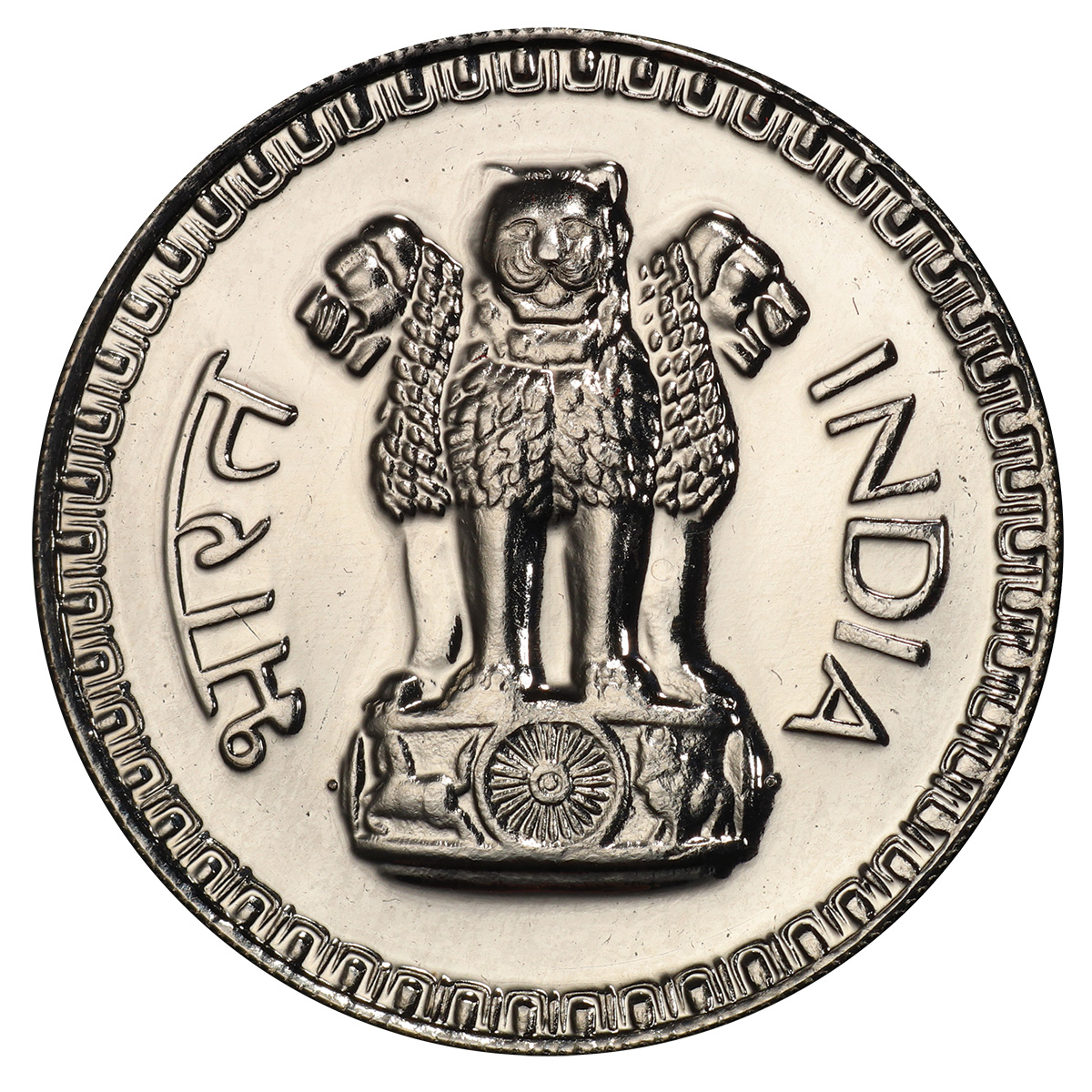

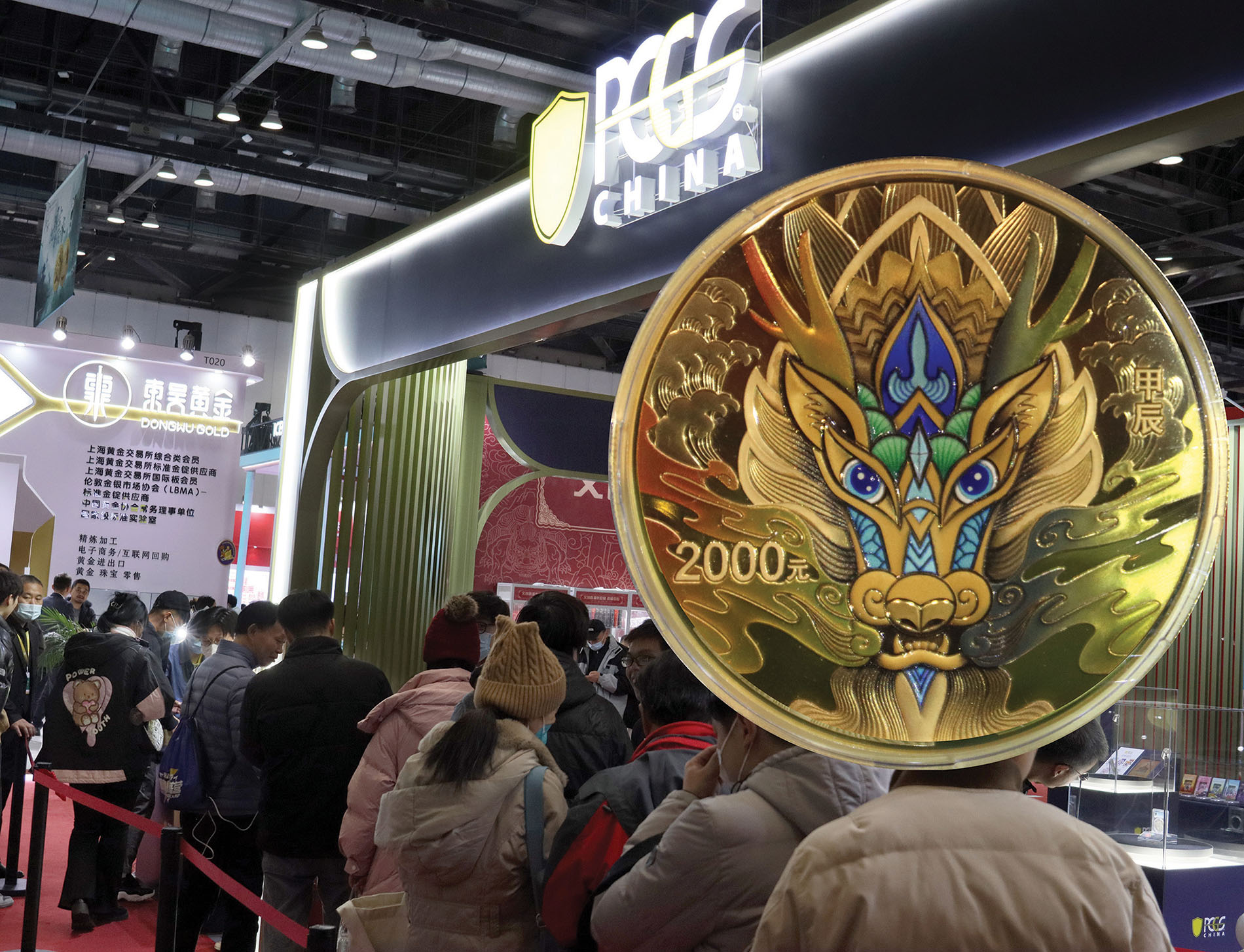




 Copper & Nickel
Copper & Nickel
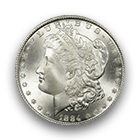 Silver Coins
Silver Coins
 Gold Coins
Gold Coins
 Commemoratives
Commemoratives
 Others
Others
 Bullion
Bullion
 World
World
 Coin Market
Coin Market
 Auctions
Auctions
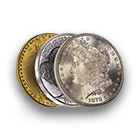 Coin Collecting
Coin Collecting
 PCGS News
PCGS News